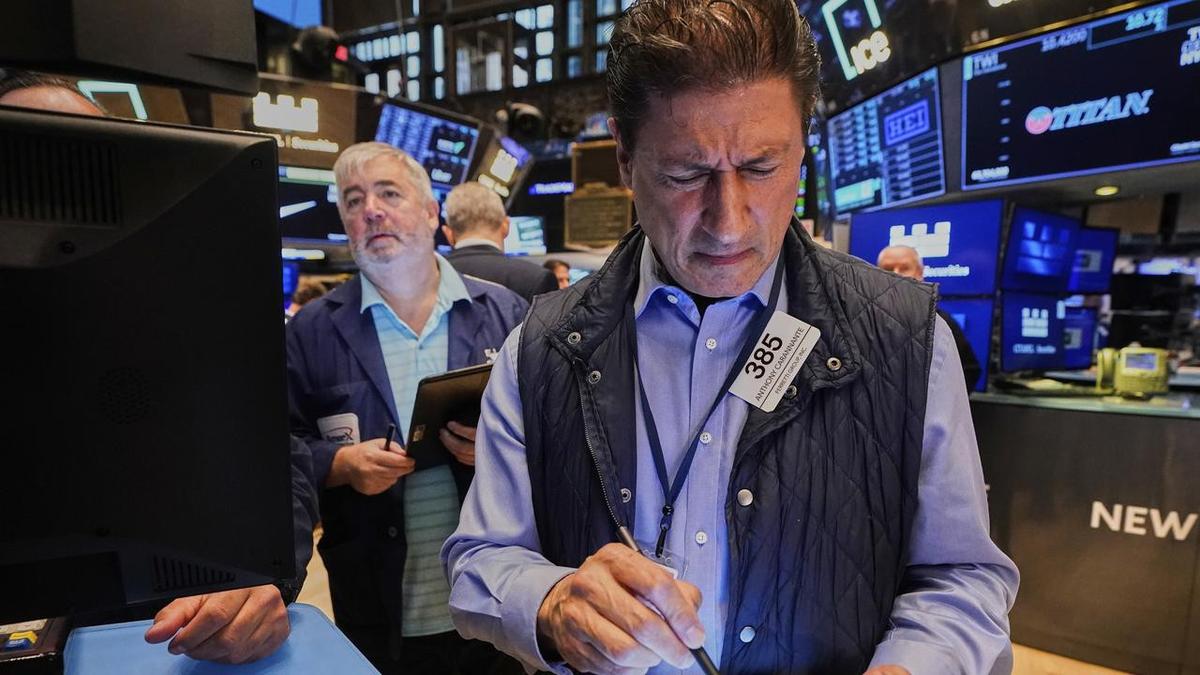By Sruthi Shankar
US stocks have nudged lower as surprisingly weak US private jobs data raised concerns about the labour market, while investors closely watched trade negotiations as President Donald Trump’s July 9 tariff deadline approaches.
The ADP National Employment Report showed US private payrolls fell unexpectedly in June and job gains in the prior month were smaller than initially thought.
Investors quickly increased their bets of a rate cut by the US Federal Reserve in July to 25.3 per cent from about 20 per cent prior to the report, according to LSEG data.
“I take it as a mixed bag. On one hand, the wage is still strong, which is terribly important to the US economy. On the downside, if this isn’t seasonality, this is the beginning of a long-term trend in white collar jobs that’ll spill over into the total labour market,” said Ross Mayfield, investment strategist at Baird.
“It would be very damaging for the overall economy and obviously make the Federal Reserve react despite their concerns about tariffs causing inflation.”
The Nasdaq and the S&P 500 closed lower in the previous session, retreating from record highs as technology stocks were pressured and Treasury yields climbed after data showed stronger-than-expected job openings in May.
Focus now turns to the more comprehensive non-farm payrolls report, scheduled for release on Thursday – a day earlier than usual, as markets are closed on Friday for Independence Day.
The reading is expected to show US job growth cooled in June and the unemployment rate ticked up to 4.3 per cent, according to a Reuters poll of economists.
On trade, Trump said on Tuesday he was not thinking of extending the July 9 deadline for imposing tariffs and expressed doubts that an agreement could be reached with Japan, although he said he expected a deal with India.
The European Union’s trade chief is expected to hold talks this week with peers in Washington DC.
In early trading on Wednesday, the Dow Jones Industrial Average fell 75.68 points, or 0.17 per cent, to 44,419.26, the S&P 500 lost 0.92 points, or 0.01 per cent, to 6,197.09, and the Nasdaq Composite gained 43.60 points, or 0.22 per cent, to 20,246.49.
Meanwhile, the blue-chip Dow was within 1.4 per cent of hitting an all-time high.
US Senate Republicans passed Trump’s massive tax-and-spending bill on Tuesday by the narrowest of margins, advancing a package that would slash taxes, reduce social safety net programs and boost military and immigration enforcement spending while adding $US3.3 trillion ($A5 trillion) to the country’s debt.
The legislation now heads to the House of Representatives for possible final approval, although a handful of Republicans have already opposed some of the Senate provisions.
Seven of the 11 major S&P sectors nursed losses, with healthcare falling about 0.7 per cent, leading declines.
Centene tumbled 33.7 per cent, set for its worst day on record if losses hold, after the health insurer said it had withdrawn its 2025 earnings forecast following data that showed a significant drop in expected revenue from its marketplace health insurance plans.
Shares of peers including Elevance Health dropped 7.0 per cent, Molina Healthcare sank 15 per cent and UnitedHealth lost 2.0 per cent.
Adding to the strain on equities, the US 10-year benchmark yield rose 4 basis points, extending its climb from the previous session.
However, megacaps such as Tesla and Apple helped limit the overall losses and rose more than 2.4 per cent each.
Tesla posted another big drop in quarterly deliveries, putting it on course for its second straight annual sales decline as demand falters due to backlash over CEO Elon Musk’s political stance and an aging vehicle line-up.
Verint Systems rose 5.0 per cent after Bloomberg News reported buyout firm Thoma Bravo was in talks to acquire the call-centre software maker.
Declining issues outnumbered advancers by a 1.12-to-1 ratio on the NYSE and by a 1.1-to-1 ratio on the Nasdaq.
The S&P 500 posted 15 new 52-week highs and two new lows while the Nasdaq Composite recorded 20 new highs and 25 new lows.
